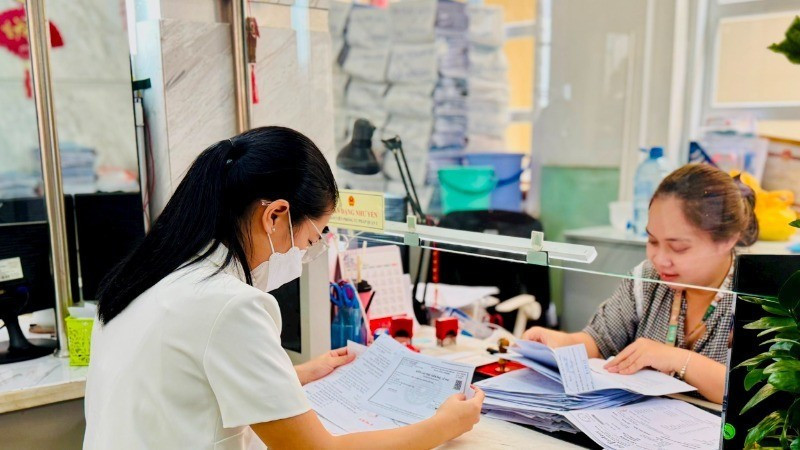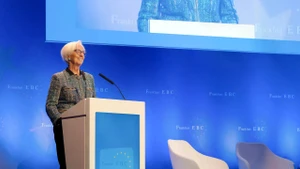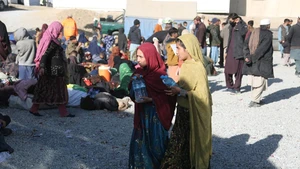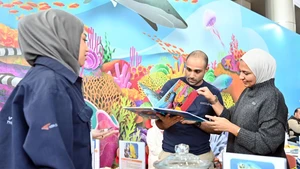Many member countries of the Organization for Economic Cooperation and Development (OECD) are constantly recruiting doctors and nurses from low- and middle-income countries, of course with attractive salaries.
According to a newly published report by the OECD, over the past two decades, the number of doctors practicing outside their home countries has increased by 86% in the OECD bloc, while the number of nurses has increased by 142%. As of 2021, the US welcomed about 1 million immigrant health workers, followed by Germany with 330,000, the UK with 308,000 and France with 90,000.
According to a newly published report by the OECD, over the past two decades, the number of doctors practicing outside their home countries has increased by 86% in the OECD bloc, while the number of nurses has increased by 142%. By 2021, the US will welcome about 1 million immigrant health workers, followed by Germany with 330,000, the UK with 308,000 and France with 90,000.
The OECD believed that the main reasons are an aging population, rapidly increasing demand for health care, while the process of training doctors requires a long time. Therefore, many countries choose the simple solution of recruiting foreign doctors with attractive remuneration, instead of investing in expanding the domestic training system.
In France, the majority of immigrant doctors come from French-speaking African countries such as Algeria, Tunisia, Morocco, along with the Southeast European country of Romania - where there are international standard medical schools, teaching in English and French. In the 2001-2021 period, Finland recorded a 4-fold increase in the number of foreign doctors and an 8-fold increase in nurses.
According to OECD statistics, Asia is the largest source of medical manpower for developed countries, accounting for 40% of immigrant doctors and 37% of immigrant nurses. The country with the most immigrant doctors is India, while the largest number of nurses come from the Philippines, India and Poland.
At least seven countries, mostly Caribbean islands and sub-Saharan African countries, have more doctors working abroad than at home. This is a sign of a growing imbalance in the global distribution of medical manpower, as rich countries increasingly “keep an eye” on resources from poor countries.
OECD expert Jean-Christophe Dumont said that the situation of rich countries massively recruiting medical staff from poor countries could cause a chain effect, causing the “emigrating” countries to fall into a serious shortage of medical manpower.
Statistics from the Bank of Korea (BOK) show that although the country’s science, technology, engineering and mathematics (STEM) workforce has grown steadily over the past decades, traditional ideological barriers still prevent them from reaching their full potential.
As of 2022, the ROK had about 170 researchers per 10,000 people, among the highest in the world, but the satisfaction level with working conditions and remuneration for STEM professionals is still not as expected.
Many students with a talent for science are tending to “turn around” to study medicine, instead of science and engineering. Among those pursuing STEM, many have chosen to work abroad due to brighter research environments and career opportunities.
The US is the top “destination” for Korean experts, with the number of PhDs in STEM doubling from 9,000 to 18,000 in just over 10 years (from 2010 to 2021). Survey results showed that nearly half of the 2,700 Korean STEM experts working in the country who were asked for their opinions did not hide their intention to “go abroad”, even for the 20-30 age group, this rate was up to 70%. Good Korean experts want to work abroad mainly for the reasons of income, research opportunities and career development.
Brain drain is now not only a concern of a few individual countries but also an alarming situation for poor and developing countries.
















